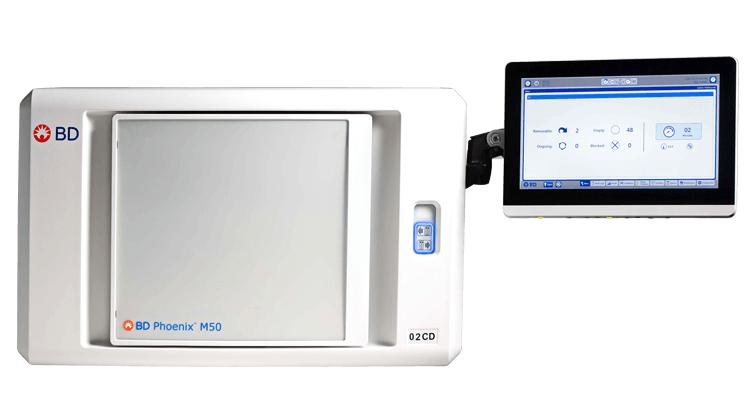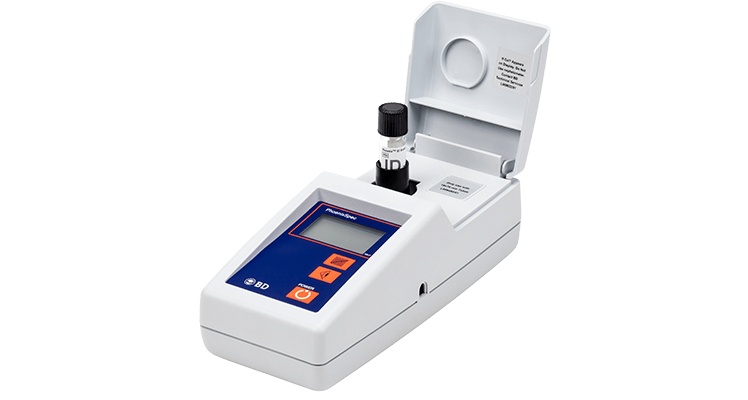The BD Phoenix™ system offers a variety of identification only, susceptibility only and combination of identification and susceptibility panels. BD Phoenix™ panels provide accurate, rapid identification and antimicrobial susceptibility testing results for most clinically significant aerobic and facultative anaerobic Gram-negative and Gram-positive bacteria, as well as identification of yeast and yeast-like organisms.
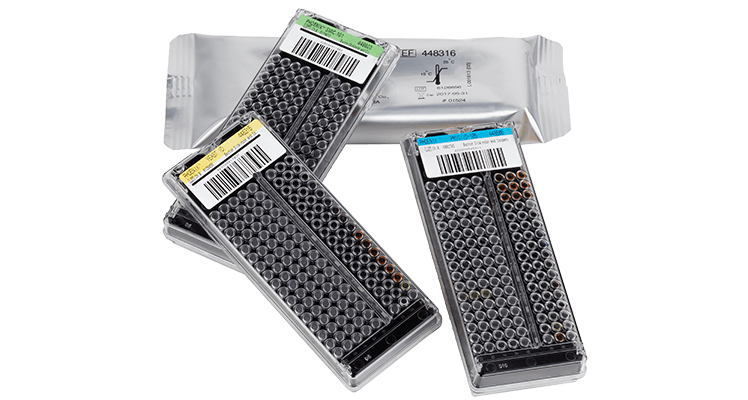
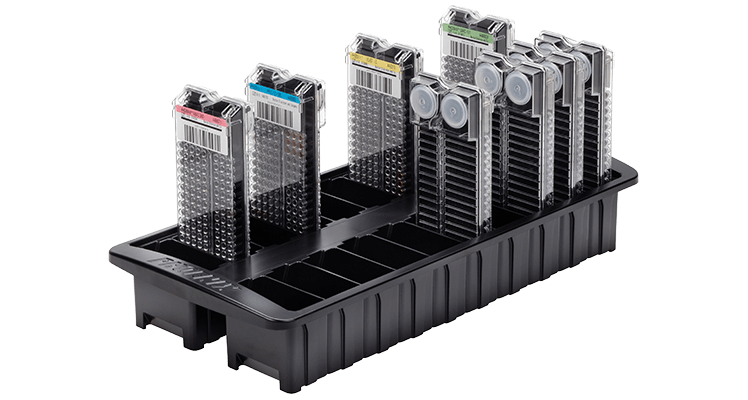
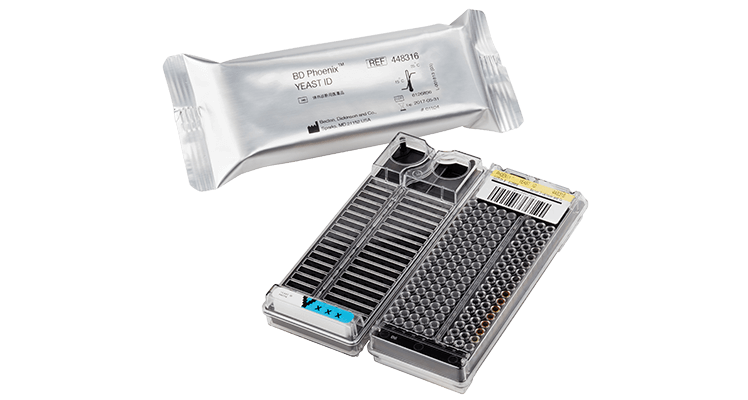
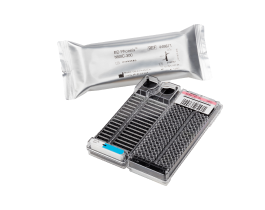
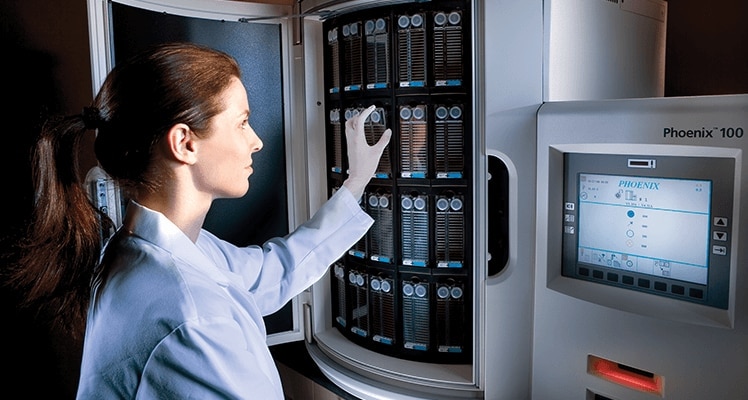

- Overview
- Applications
- EIFU & Resources
BD Phoenix™ panels can be stored at room temperature, are leak-resistant and do not require reagent additions post inoculation.
The BD Phoenix™ Emerge™ Gram-negative and Gram-positive panels offer 136 wells for susceptibility testing, allowing for additional antimicrobial dilutions that help provide the foundation for detecting emerging resistance.
The BD Phoenix™ CPO detect test, offered on certain Gram-negative panels, provides results, including Ambler classification that can support clinicians in making treatment decisions.
BD Phoenix™ panels allow the BD Phoenix™ M50 instrument to determine growth using both an oxidation-reduction reaction and turbidity development, providing both rapid and accurate susceptibility results.
The BD Phoenix™ system utilises on-panel doubling dilutions of antimicrobial concentrations for determination of MIC results.
BD Phoenix™ panels, which require no refrigeration and are leak resistant, are available in a variety of formats including identification-only and susceptibility-only, and in combination identification and susceptibility panels.
With 136 wells dedicated to susceptibility testing, the BD Phoenix™ Emerge™ panel may allow for additional antimicrobial dilutions or additional drugs.
The BD Phoenix™ system provides on-panel doubling dilutions of antimicrobials and built-in detection of resistance, including CPO, MRSA, mecA, VRSA, VRE, ESBL, HLAR, and iMLSb*.
*Depending on BD Phoenix™ panel type and organism identification.
The BD Phoenix™ AP automated inoculation preparation instrument may help to reduce sample preparation workflow burdens, reducing total hands-on time per sample by 50% compared to manual BD Phoenix™.1
- The BD Phoenix™ system offers identification-only panels and combination ID/AST panels, using 51 wells for identification substrates.
- The instrument can provide identification of most clinically significant Gram-negative and Gram- positive bacteria, as well as yeast.
- The BD Phoenix™ system offers 85 wells for antimicrobial dilutions on standard AST-only panels and combination ID/AST panels, and 136 wells on the BD Phoenix™ Emerge™ panel.
- The instrument can provide susceptibility results for most clinically significant Gram-negative and Gram-positive bacteria.
- The BD Phoenix™ system panels test for several resistance markers* such as** :
- Gram-positive bacteria
- HLAR—High Level Aminoglycoside Resistant Enterococcus
- iMLSb—Inducible Clindamycin Resistance
- MRSA—based on Oxacillin Interpretation with Staphylococcus species
- mecA - detection in mecA-mediated resistance Staphylococcus aureus
- BL-Staphylococcus ß-Lactamase (Nitrocefin-based test)
- VRSA—Vancomycin-Resistant Staphylococcus aureus
- VRE—based on Vancomycin interpretation
- Gram-negative bacteria
- CPO—Carbapenemase Producing Organism
- ESBL—offered on Gram-negative panels and requires no additional disc diffusion or E-Test confirmation
- Gram-positive bacteria
* Depending on BD Phoenix™ panel type and organism identification.
- The BD Phoenix™ CPO detect test, available on certain BD Phoenix™ Gram-negative panels, provides information, including Ambler classification, to help guide clinicians in their treatment decisions.
- This test is available in two-panel configurations that allow microbiology labs to test for CPOs as part of routine susceptibility testing on BD Phoenix™ panels:
- 2-well configuration—provides detection of Carbapenemase-producing organisms in Enterobacterales, Pseudomonas aeruginosa and Acinetobacter baumannii
- 9-well configuration—provides detection of Carbapenemase-producing organisms and Ambler classification (A, B or D) in Enterobacterales, Pseudomonas aeruginosa and Acinetobacter baumannii
- The BD Phoenix™ CPO detect test is currently the only phenotypic test on an automated AST system that provides CPO detection and Ambler classification.
- On average, the BD Phoenix™ CPO detect test detects and classifies CPOs from isolated colonies within 6 to 11 hours**.
**BD internal studies—data on file
BD supports the healthcare industry with market-leading products and services that aim to improve care while lowering costs.
Please note, not all products, services or features of products and services may be available in your local area. Please check with your local BD representative.
*Depending on BD Phoenix™ panel type and organism identification.
References
- Junkins A, et al. Comparison of BD Phoenix AP Workflow with Vitek 2. J. Clin. Microbiol. 2010. 48 (5): 1929-1931. – Study was a supported grant from BD Diagnostic Systems
BD-38368
